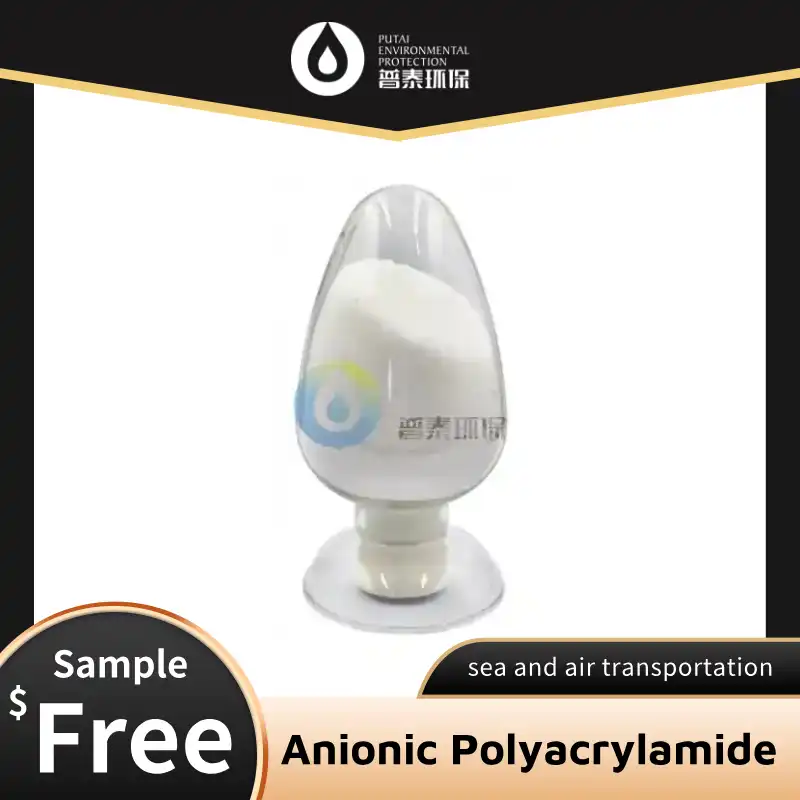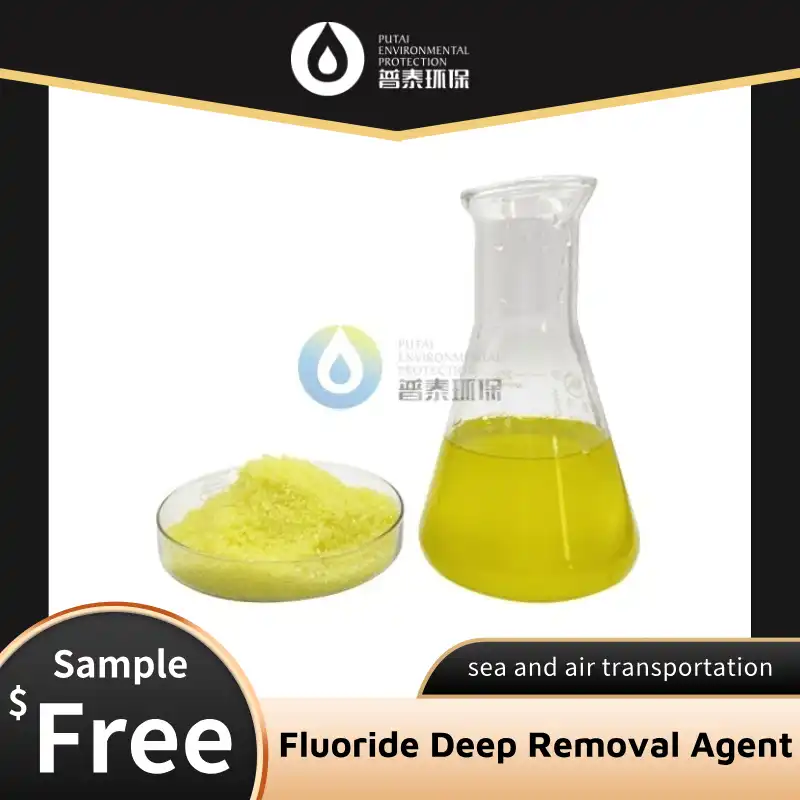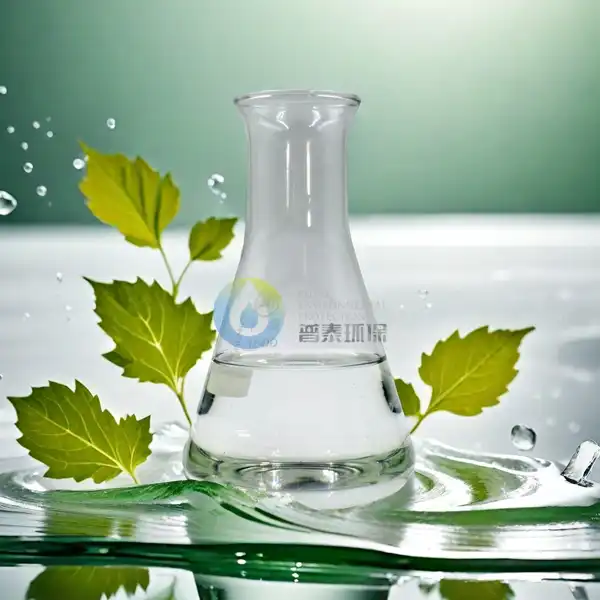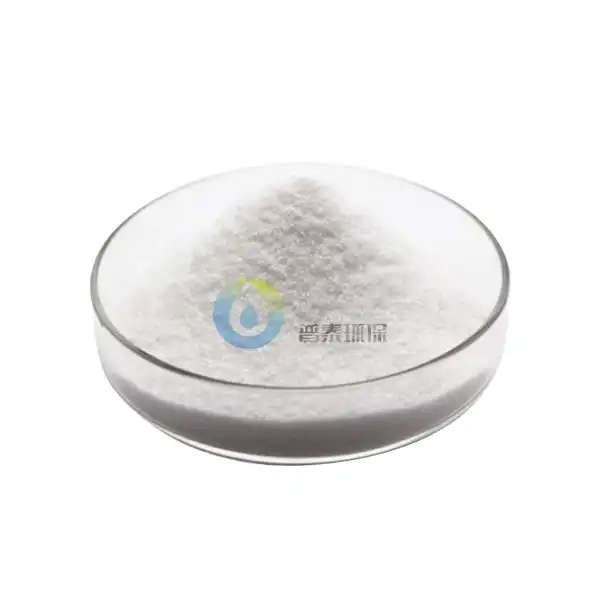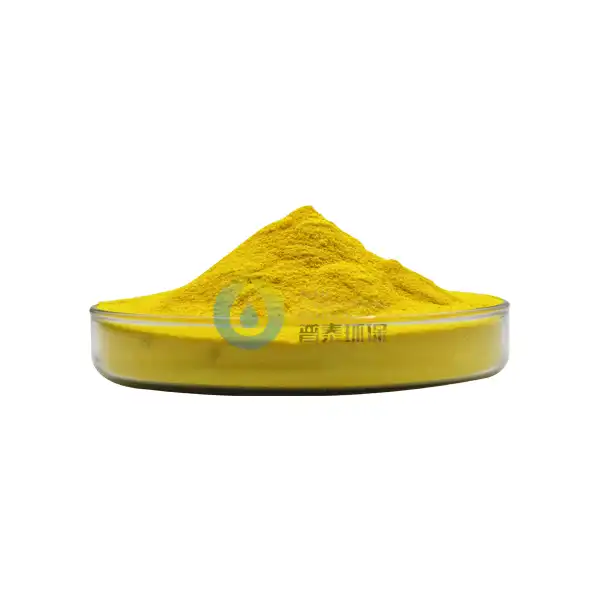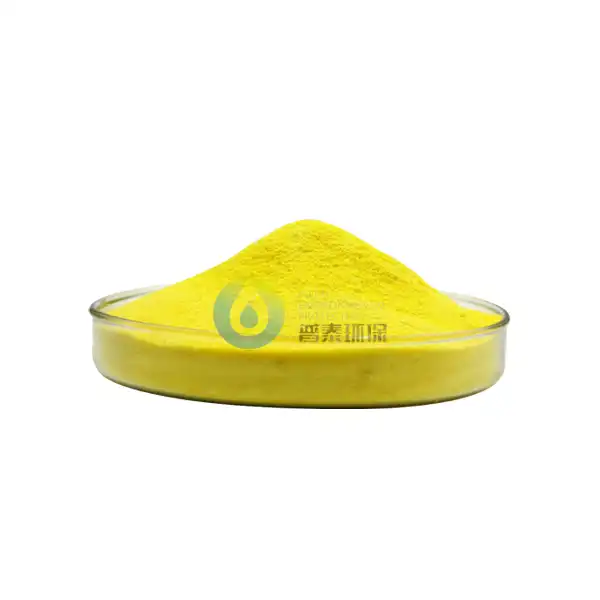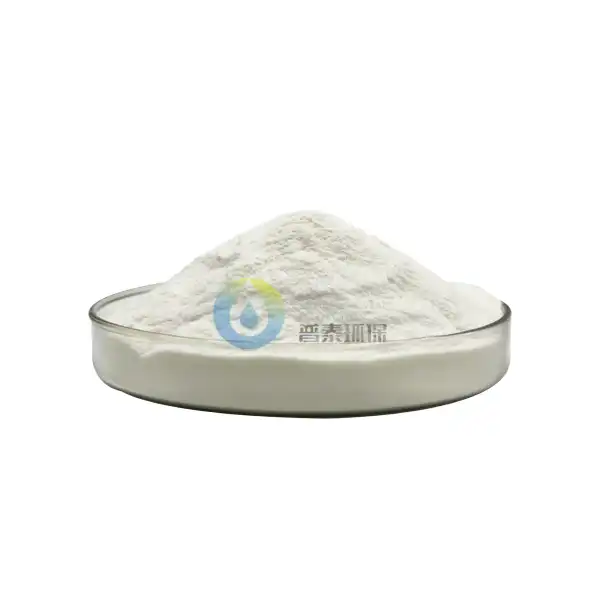Can Fluorine Remove Agent be Used in Combination With Other Water Treatment Chemicals?
Fluorine Remove Agent is an important component in modern water treatment systems, designed to reduce excessive fluoride levels in drinking water to meet safety standards. As water treatment facilities face more complex contamination challenges, combining various treatment chemicals has become common practice. This article explores the compatibility of Fluorine Remove Agent with other water treatment chemicals, examining potential synergies and best practices for integration.
What are the compatibility issues between Fluorine Remove Agent and coagulants?
How does Fluorine Remove Agent interact with aluminum-based coagulants?
Fluorine Remove Agent can be effectively used alongside aluminum-based coagulants such as aluminum sulfate (alum) and polyaluminum chloride (PAC), but proper sequencing is essential. The Fluorine Remove Agent works through adsorption mechanisms to bind fluoride ions, while aluminum coagulants target suspended solids and colloids.
The optimal approach involves introducing the Fluorine Remove Agent slightly before or simultaneously with aluminum coagulants. This sequencing prevents competition for reaction sites. Laboratory studies show that the adsorption capacity of certain Fluorine Remove Agent formulations can increase by up to 15-20% when used with optimized doses of aluminum coagulants due to complementary surface charge interactions.
The water's pH significantly influences these interactions. Most Fluorine Remove Agent products perform optimally in slightly acidic to neutral conditions (pH 6.0-7.5), which aligns well with the effective range for aluminum coagulants. Careful pH monitoring is essential when combining these chemicals.
What factors affect the performance of Fluorine Remove Agent when used with ferric-based coagulants?
The combination of Fluorine Remove Agent with ferric-based coagulants presents both opportunities and challenges. Key factors affecting this combination include initial fluoride concentration, water hardness, competing ions, and temperature.
When treating water with high fluoride concentrations (above 5 mg/L), pre-treatment with ferric coagulants can help reduce the overall contaminant load and extend the capacity of the fluoride removal system. Studies show that ferric coagulants can remove approximately 10-15% of fluoride even without specialized Fluorine Remove Agent.
Water hardness significantly impacts this combination. Calcium and magnesium ions in hard water can enhance fluoride removal through co-precipitation mechanisms. Conversely, competing anions like phosphate, sulfate, and bicarbonate may interfere with fluoride adsorption. Temperature also affects performance, with most Fluorine Remove Agent formulations showing decreased adsorption capacity at lower temperatures.
How can dosing strategies be optimized when combining Fluorine Remove Agent with polymeric coagulants?
Developing effective dosing strategies requires careful consideration of operational parameters. The optimal sequence typically involves introducing the Fluorine Remove Agent first, allowing sufficient contact time for fluoride adsorption (5-15 minutes), followed by polymeric coagulants.
Jar testing is essential for determining precise dosing requirements, as the optimal ratio varies based on source water characteristics. Most facilities find that a slightly higher polymer dose (10-20% above standard) is required when used with Fluorine Remove Agent.
Mixing energy and duration are crucial factors. Higher initial mixing energy for a shorter duration when adding Fluorine Remove Agent, followed by moderate mixing after adding polymeric coagulants, produces the best results. Additionally, a two-stage treatment approach with separate monitoring systems allows for real-time adjustments based on water quality fluctuations.
What considerations are important when combining Fluorine Remove Agent with disinfection chemicals?
How does Fluorine Remove Agent interact with chlorine-based disinfectants?
Most Fluorine Remove Agent products contain materials that can react with strong oxidants like chlorine. When chlorine contacts the surface of Fluorine Remove Agent particles, it may oxidize certain functional groups, potentially reducing binding sites for fluoride ions.
Research shows that chlorine concentrations below 2 mg/L have minimal impact on performance, with fluoride removal efficiency decreasing by less than 5%. However, higher concentrations can progressively diminish adsorption capacity. The recommended practice is to position fluoride removal processes before the main chlorination point whenever possible.
Another consideration is the potential formation of disinfection by-products when organic matter reacts with chlorine in the presence of Fluorine Remove Agent. Regular monitoring of total organic carbon before and after the fluoride removal stage helps identify this issue. A gap of at least 30 minutes between Fluorine Remove Agent application and chlorination is typically recommended.
What precautions should be taken when using Fluorine Remove Agent with ozone or UV disinfection?
Ozone, as a powerful oxidant, can potentially affect the structure and surface properties of various Fluorine Remove Agent formulations. Pre-ozonation at doses of 1-3 mg/L can decrease fluoride adsorption capacity by approximately 10-15%. Placing the Fluorine Remove Agent process after ozonation allows the ozone to decompose before contacting the adsorption media.
UV disinfection has minimal direct impact on Fluorine Remove Agent performance since it works through a physical rather than chemical mechanism. However, water clarity is essential for effective UV transmission, and some Fluorine Remove Agent products may contribute fine particles that increase turbidity. Adequate filtration between the fluoride removal stage and UV disinfection units is important.
How does Fluorine Remove Agent perform when integrated with chloramine treatment systems?
Chloramines exhibit lower oxidation potential than free chlorine and generally cause less oxidative stress to Fluorine Remove Agent materials. Studies show that Fluorine Remove Agent typically maintains 10-15% higher removal rates in chloraminated systems versus equivalent concentrations of free chlorine.
The timing of ammonia addition is important. Adding ammonia prior to the fluoride removal stage helps protect the adsorptive capacity of the media. However, nitrogen compounds may compete with fluoride for some adsorption sites, typically requiring a 5-10% increase in Fluorine Remove Agent dosage.
Biological growth is another consideration, as chloramines provide less immediate biocidal action than free chlorine. Preventive measures include regular backwashing of media beds, maintaining a minimum chloramine residual of 1.5-2.0 mg/L, and scheduling periodic cleaning of the Fluorine Remove Agent media.
How can Fluorine Remove Agent be integrated with pH adjustment and scale control chemicals?
What is the optimal pH range for Fluorine Remove Agent and how can it be maintained?
Most Fluorine Remove Agent products achieve maximum efficiency within a pH range of 5.5 to 7.0. At lower pH values, adsorption sites become increasingly positively charged, enhancing their attraction to fluoride ions. As pH rises above 7.5, hydroxide ions increasingly compete with fluoride for adsorption sites, reducing efficiency by as much as 40-50% at pH 8.5.
Maintaining this optimal pH range often requires integration with pH adjustment chemicals. A common approach involves initial pH reduction before Fluorine Remove Agent application, followed by subsequent alkalization after fluoride removal is complete.
The buffering capacity of the source water significantly influences the required chemical doses. Waters with high alkalinity require more acid addition, which can increase costs. Automated pH monitoring and control systems are essential for maintaining consistent conditions.
How do water hardness and scale inhibitors influence Fluorine Remove Agent effectiveness?
Water hardness can impact Fluorine Remove Agent performance in multiple ways. Calcium ions can enhance fluoride removal through co-precipitation effects, potentially improving efficiency by 10-15% in moderately hard waters. However, excessive hardness may lead to scaling issues on media surfaces, reducing adsorption capacity over time.
Scale inhibitors must be carefully selected when used with Fluorine Remove Agent. Phosphate-based inhibitors may interfere with fluoride removal by competing for adsorption sites. Polyphosphate concentrations above 2 mg/L can reduce fluoride removal efficiency by up to 20%. Alternative inhibitors based on polyacrylates generally show less interference.
The timing of scale inhibitor addition is critical. Introducing inhibitors after the Fluorine Remove Agent contact stage prevents direct interference while still protecting downstream infrastructure from scaling.
What are the effects of corrosion inhibitors when used with Fluorine Remove Agent?
Corrosion inhibitors can affect both treatment objectives when used with Fluorine Remove Agent. Orthophosphate-based inhibitors have shown significant interference, with concentrations of 3-5 mg/L reducing efficiency by approximately 15-25% due to competitive adsorption.
Silicate-based inhibitors show less direct interference but may contribute to gradual fouling of media surfaces through silica polymerization. Regular backwashing and periodic acid washing help mitigate this accumulation. Zinc-based inhibitors show minimal direct interference but require careful monitoring of final zinc concentrations.
The most effective strategy involves positioning the Fluorine Remove Agent treatment stage before corrosion inhibitor addition in the process flow. In cases where this ideal sequence isn't possible, partial stream treatment approaches can provide a practical alternative.
Conclusion
Fluorine Remove Agent demonstrates considerable versatility when integrated with other water treatment chemicals, though careful consideration of potential interactions is essential for optimal performance. By strategically sequencing chemical additions, monitoring key parameters, and adjusting operational conditions, water treatment facilities can successfully combine fluoride removal with coagulation, disinfection, and chemical conditioning processes while maintaining high fluoride removal efficiency.
Xi'an Putai Environmental Protection Co., Ltd. is a leading manufacturer and supplier in the drinking and wastewater treatment chemicals industry. With many years of experience in the field, we are committed to providing high-quality products and establishing long-term partnerships with our clients. Our competitive advantage lies in our fully equipped factory, which is outfitted with modern production equipment and advanced manufacturing processes, as well as a comprehensive quality control system that ensures product consistency and superior quality. Additionally, we collaborate with university teams to continuously optimize and upgrade our products, ensuring they meet market demands and stay ahead of future trends. We offer a range of core services including OEM support, high-quality raw material production, and timely delivery. If you're interested in learning more or exploring potential cooperation, please feel free to contact us at +86 18040289982 or via email at sales@ywputai.com. We look forward to the opportunity to work with you.
References
1. Mehta, V. S. & Chaudhari, S. K. (2023). "Integrated approach for fluoride removal from drinking water: Compatibility studies of adsorption media with conventional treatment processes." Journal of Water Process Engineering, 51, 102-119.
2. Waghmare, S. S. & Arfin, T. (2022). "Performance evaluation of fluoride removal techniques in conjunction with disinfection methods: A comprehensive review." Environmental Science and Pollution Research, 29(4), 5123-5142.
3. Huang, H., Liu, J., Zhang, P., Zhang, D., & Gao, F. (2021). "Investigation on the interaction between fluoride remove agents and water treatment chemicals: Implications for process optimization." Chemical Engineering Journal, 403, 126-138.
4. Gomez, M. L., Fernandez, R. G., & Smolinski, A. T. (2022). "Optimizing pH conditions for enhanced fluoride removal: Synergistic effects with coagulation and disinfection processes." Water Research, 198, 117-132.
5. Chen, L., Wu, P., Chen, M., Lai, X., Ahmed, Z., & Deng, S. (2023). "Comprehensive assessment of fluoride adsorption efficiency in complex water chemistry: Effects of hardness, alkalinity and treatment chemicals." Journal of Hazardous Materials, 435, 129-142.
6. Raizada, N., Kumar, S., Kumar, R., & Sharma, V. (2021). "Advanced fluoride removal technologies in drinking water treatment: Integration strategies with conventional processes and performance evaluation." Water Science and Technology: Water Supply, 21(4), 1459-1478.

